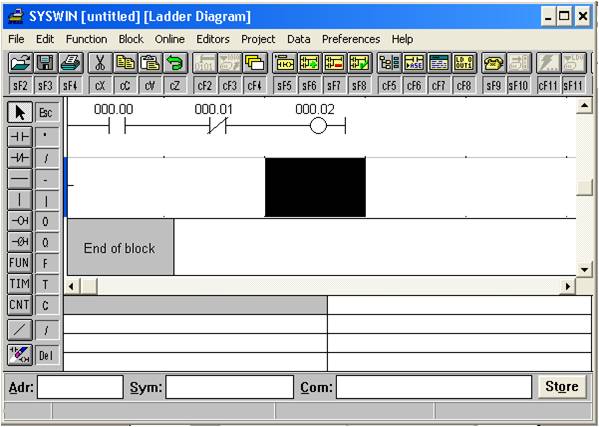

To run more complex processes it is possible to connect more PLC controllers to a central computer. Based on the logic implemented in the program, PLC determines which actions need to be executed with output instruments. With execution of a program stored in program memory, PLC continuously monitors status of the system through signals from input devices. In automated system, PLC controller is usually the central part of an process control system. For example, without a sensor, PLC wouldn’t know what exactly goes on in the process.

Each component of an process control system plays an important role, regardless of its size. Beside connections with instruments like operating panels, motors, sensors, switches, valves and such, possibilities for communication among instruments are so great that they allow high level of exploitation and process coordination, as well as greater flexibility in realizing an process control system. As a result of fast progress in technology, many complex operational tasks have been solved by connecting programmable logic controllers and possibly a central computer. Operating system can have different form and implementation, from energy supply units to machines.

Introduction Generally speaking, process control system is made up of a group of electronic devices and equipment that provide stability, accuracy and eliminate harmful transition statuses in production processes.


 0 kommentar(er)
0 kommentar(er)
